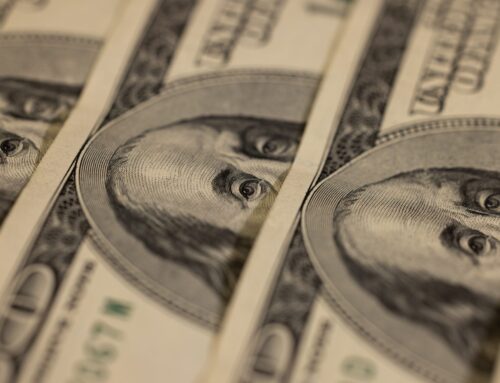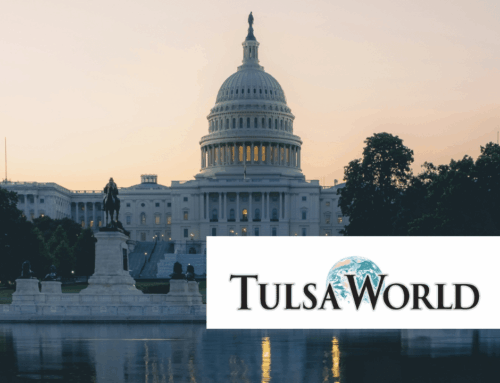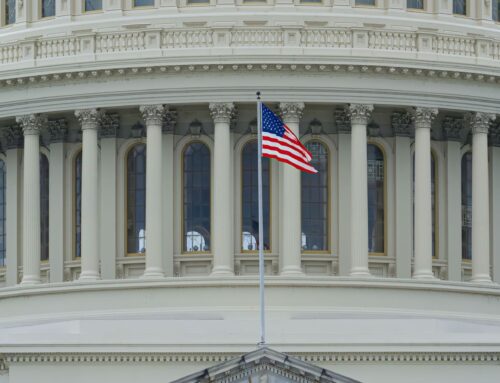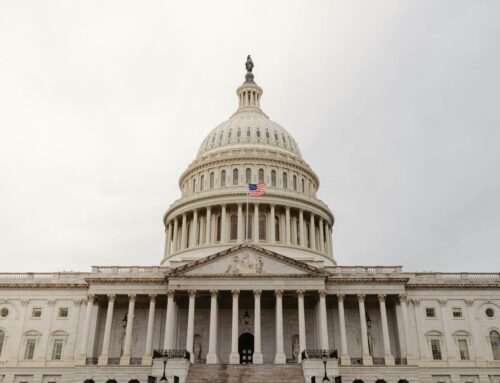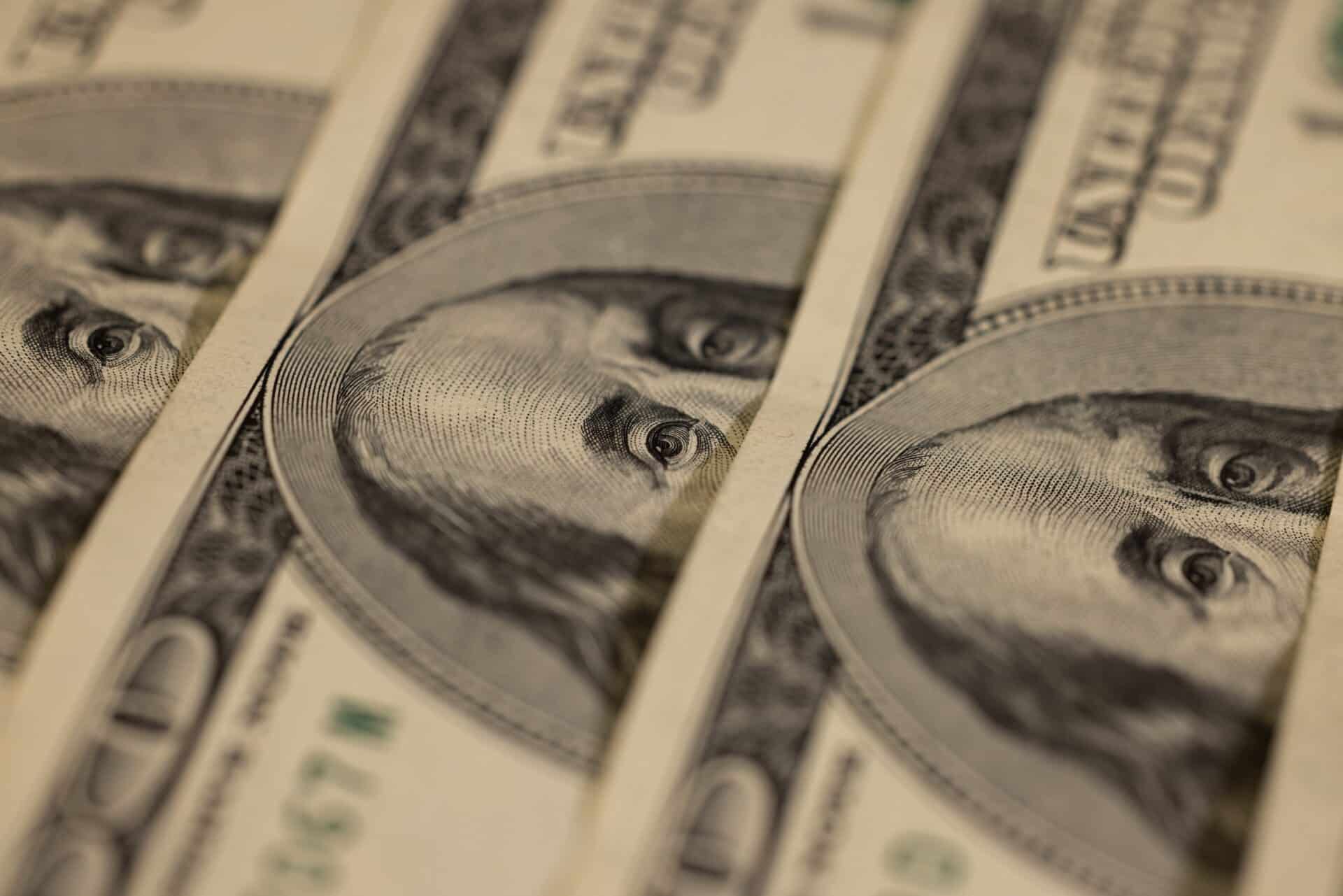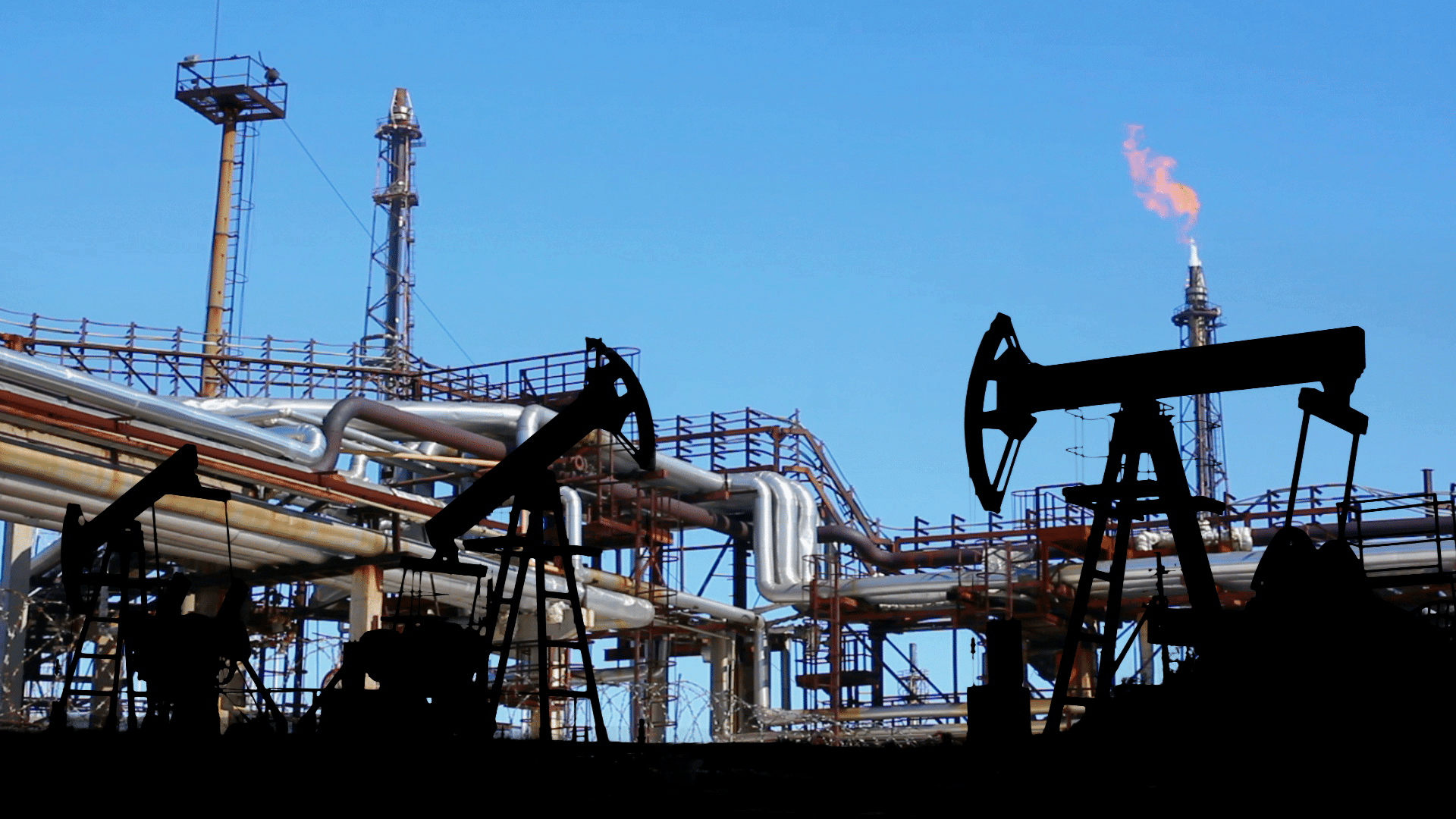Congress has found a new, more convenient way of wasting taxpayers' money. It's throwing the money down, tens-of-millions of dollars at a time, into a giant, 70-foot deep sinkhole dominating the Capitol's own front yard.
The idea of a Capitol Visitors Center (CVC)-a subterranean facility next to the Capitol that would serve as a processing center and entry point for tourists-has been tossed around since the early 1990s, but it was only after a gunman rampaged in the Capitol itself in 1998 that Congress came on board. In 1999 the government appropriated $100 million for the project and created a non-profit organization to raise another $100 million.
Unfortunately, the private sector did not care about the project nearly as much as Congress would have liked, and the non-profit raised only $39 million in two years. The project should have died there, had not three terrorist-hijacked airliners crashed into American buildings in September of 2001. In the new era of fear-factor funding, passing a $230 million bill for the rest of the project to the taxpayer could sneak by unnoticed.
Although spending money to help protect the Capitol may seem like a wise investment, one must look at it in context: parts of the Department of Homeland Security are woefully under-funded. Furthermore, the opening of the CVC would not necessarily mean that the public entrances to the Capitol itself would close. In fact, the chief of the Capitol Police assumed they would remain open and requested 135 new officers to guard the doors of the new facility.
Meanwhile, the estimated cost of the project grew along with the hole in the Capitol's East Front, both from unexpected challenges in the construction and Congress' insatiable appetite to spend more money. The initial design included shell space that could be filled later as the need developed, but lawmakers voted to use the space for offices and include it in the project. With the additional plans and the problems with construction, the project will now cost between $380 and 395 million according to the General Accounting Office.
With Tennessee Pink marble costing $200 per cubic foot, and historic tree preservation costing $1.3 million, among other extravagancies, it's no wonder that the project is running over budget. But given the precedent of other federal building projects CVC's more than $100-million cost overrun may be just the beginning. The Hart Senate Office Building, which was projected to cost $48 million in 1972, cost $138 million by its completion a decade later. More recently the Ronal Reagan Building's cost jumped from $362 to 818 million between its appropriation in 1987 and its completion in 1997.
It's possible that there is a need for additional tourist facilities at the Capitol. But if so, the project should be more substantially funded by the private sector. The best argument made by those supporting the construction has come from Rep. John Mica (R-Fla): “What's the alternative?” he asks. “Fill in the hole?”
With construction this far along, Congress' options are reduced, but include cutting features-such as an auditorium-from the design, switching to less expensive materials, or leaving the shell space undeveloped. In light of record deficits, Congress must do everything in its power to keep this sinkhole from growing and pushing the government deeper into debt.


